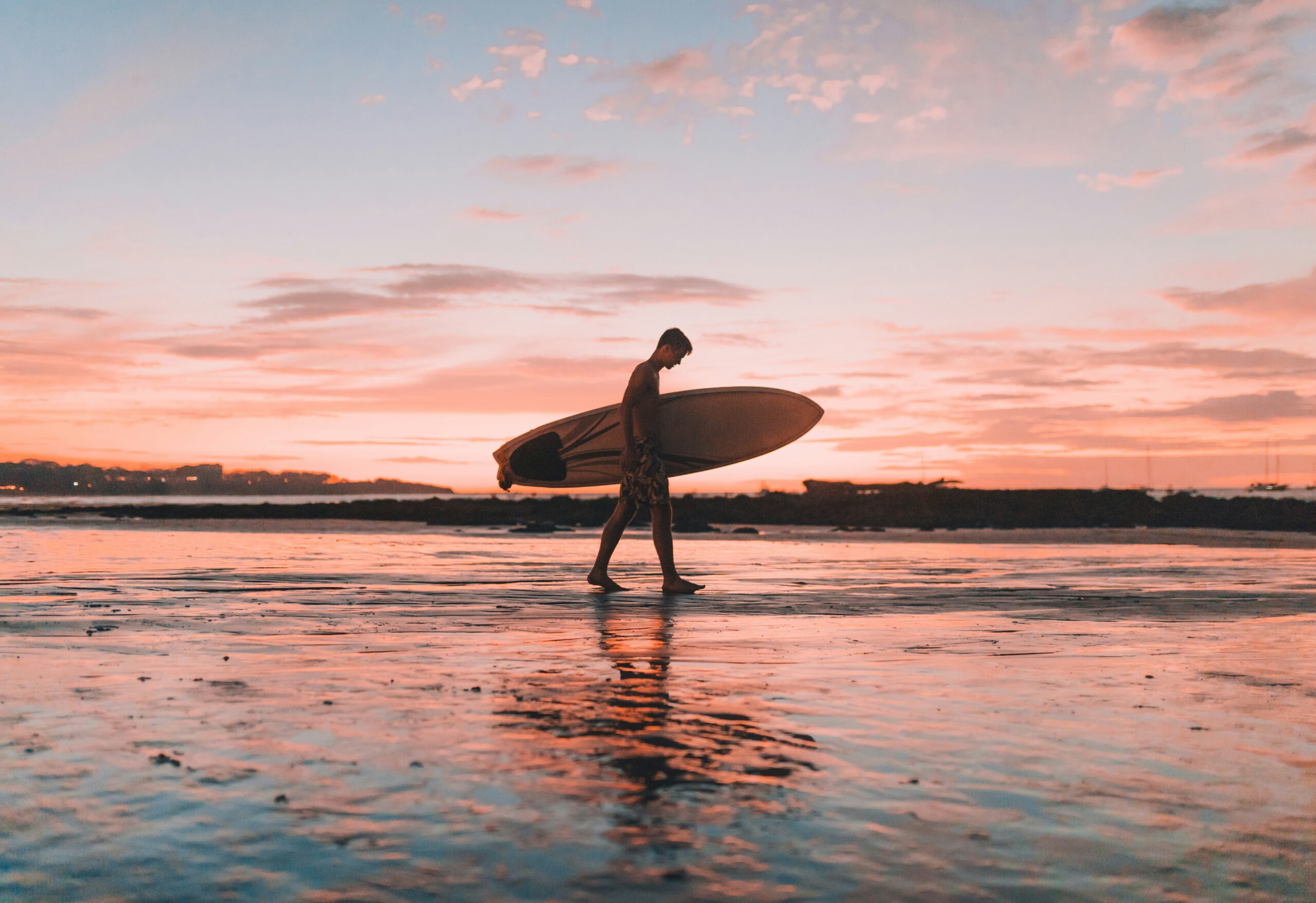Common Surfing Mistakes Beginners Make (and How to Avoid Them)
Learning to surf is an exhilarating journey, but it comes with its fair share of challenges. Mistakes are a natural part of the learning process, but some are more avoidable than others. Here are the most common mistakes beginners make in surfing and how to sidestep them for a smoother ride into the world of waves.
1. Choosing the Wrong Board
Many beginners are tempted to start with a shortboard because it looks cool or feels more advanced. However, shortboards are harder to balance and paddle. A longboard or foam board with plenty of buoyancy is a much better choice for beginners.
How to Avoid It: Start with a board designed for beginners. Look for something wide, thick, and long—this makes balancing and catching waves much easier.
2. Skipping the Warm-Up
Surfing is physically demanding, and jumping straight into the waves without warming up can lead to muscle strain or injury.
How to Avoid It: Spend 5-10 minutes stretching and doing light cardio before you hit the water. Focus on your shoulders, arms, and lower back to prepare for paddling.
3. Paddling Inefficiently
Many beginners waste energy by paddling incorrectly, using short strokes or flailing their arms.
How to Avoid It: Practice long, deep, and controlled paddle strokes. Keep your body centered on the board and your head up to maintain balance and streamline your paddling.
4. Positioning Incorrectly on the Board
Being too far forward or too far back on your board can cause problems. If you’re too far forward, the nose of your board will sink; too far back, and you’ll struggle to catch waves.
How to Avoid It: Find the sweet spot on your board where it feels balanced in the water. Practice lying on the board on flat water before heading to the waves.
5. Catching the Wrong Waves
Beginners often try to catch waves that are too big or breaking too fast for their skill level.
How to Avoid It: Stick to smaller, slower waves at beginner-friendly breaks. Watch other surfers and learn to identify waves that are ideal for your level.
6. Popping Up Too Slowly
Hesitation during the pop-up can cause you to lose the wave or fall off your board.
How to Avoid It: Practice your pop-up on land until it becomes second nature. Focus on being quick and smooth, transitioning from lying down to standing up in one fluid motion.
7. Not Looking Ahead
It’s common for beginners to look down at their feet instead of focusing on where they’re going.
How to Avoid It: Keep your eyes on the horizon and the direction you want to go. This helps with balance and allows you to anticipate the wave’s movement.
8. Ignoring Surf Etiquette
Dropping in on other surfers’ waves or not knowing the right of way can lead to frustration and even accidents.
How to Avoid It: Learn the basics of surf etiquette before you paddle out. Respect others in the lineup and always wait your turn.
9. Wiping Out Poorly
Falling off your board is inevitable, but doing so carelessly can put you or others at risk.
How to Avoid It: Always protect your head with your arms when you wipe out, and try to fall flat to avoid hitting the ocean floor. Hold onto your board when possible to prevent it from hitting others.
10. Giving Up Too Soon
Surfing takes time, patience, and practice. Many beginners get frustrated and quit before they’ve had a chance to improve.
How to Avoid It: Embrace the learning process and set realistic goals. Celebrate small victories, like catching your first wave or mastering your pop-up, to stay motivated.
Final Thoughts
Surfing is one of the most rewarding sports you can pursue, but it’s important to start on the right foot. By avoiding these common mistakes and practicing regularly, you’ll gain confidence and skill in the water. Remember, every expert surfer was once a beginner, so stay stoked and keep paddling!
